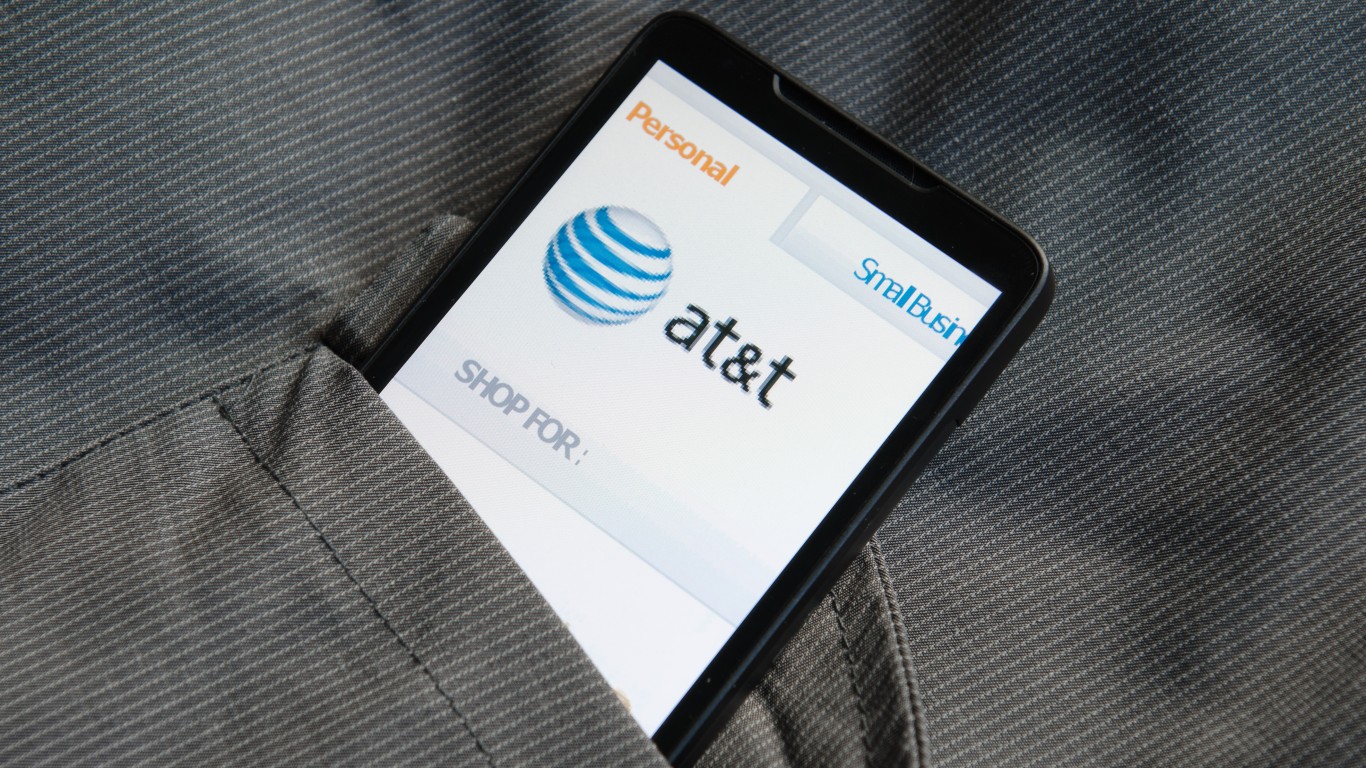
When HBO Max made its debut on Wednesday morning, three major video distribution platforms — Roku, Fire TV and Xfinity — were still not on board to carry the new streaming service.
By mid-morning, Comcast Corp. (NASDAQ: CMCSA) and HBO Max had reached a deal for Xfinity cable television to carry the service, leaving only two streaming platforms — both major players — out in the cold.
WarnerMedia’s HBO Max, which is owned by AT&T (NYSE: T), carries all of HBO’s programming along with original programs and a huge catalog of movies and TV shows. The archive has about 10,000 streaming hours. It costs about $15 a month for most subscribers.
Subscribers to HBO’s other services, like HBO Now, are generally upgraded automatically. That is unless they are on the platforms operated by Roku Inc. (NASDAQ: ROKU) and Amazon.com Inc. (NASDAQ: AMZN).
Roku Users Express Their Dismay
Roku platform users were not happy about the situation and took to social media to voice their displeasure.
it makes absolutely no sense that hbo max is not on roku. nor did hbo ever mention roku would be excluded. i preordered too. pic.twitter.com/uqwoCawlMb
— Lonzo Bentley (@lonzobentley) May 27, 2020
HBO Max not having Amazon Fire and Roku support at launch seems like a really big mistake. pic.twitter.com/TmLakdc03S
— Brian K Myers (@fluffyman85) May 27, 2020
While the parties are still talking, there appear to be obstacles.
“As the No. 1 streaming platform in the U.S. we believe that HBO Max would benefit greatly from the scale and content marketing capabilities available with distribution on our platform,” Roku said in a statement. “We are focused on mutually positive distribution agreements with all new OTT services that will deliver a quality user experience to viewers in the more than 40 million households that choose Roku to access their favorite programs and discover new content.”
“Unfortunately we haven’t reached agreement yet with HBO Max. While not on our platform today, we look forward to helping HBO Max in the future successfully scale their streaming business.”
Amazon took a harder line, saying: “With a seamless customer experience, nearly 5 million HBO streamers currently access their subscription through Amazon’s Prime Video Channels. Unfortunately, with the launch of HBO Max, AT&T is choosing to deny these loyal HBO customers access to the expanded catalog,” Amazon said. “We believe that if you’re paying for HBO, you’re entitled to the new programming through the method you’re already using. That’s just good customer service and that’s a priority for us.”
The Major Sticking Point
The sticking point appears to be the mechanism for viewers to access HBO Max content. Roku and Amazon want the content to be available through their basic platforms, the way HBO Now has appeared. HBO Max is holding out for a special app, like Netflix and Disney+ have.
For Roku and Amazon, having HBO Max in their regular ecosystems means they may draw viewers to their ad-supported content, like the Roku Channel or IMDb TV. A separate app would allow HBO Max to collect more information about viewers and how they relate to the content.
But if HBO Max intends to meet its stated long-term goal of 50 million subscribers by 2025, it will certainly need to recognize the effects of cord-cutting and be available through two of the largest streaming platforms. With the trend of viewers switching from television to streaming, Roku and Amazon are arguably more important for HBO Max than Xfinity.
HBO Max says that it has apps ready to go for both Roku and Amazon and that they can be operational within minutes after deals are reached.
On Thursday Roku stock closed at $109.20, up by 2.48% for the day. The 52-week high is $176.55 and the low is 58.22.
Amazon closed at $2,401.10, down by 0.39%, The 52-week range is $1,626.03 to $2,525.45.
AT&T closed at $31.06, down by 2.48%. The 52-week range is $26.08 to $39.58.
On May 7, Roku reported that it lost $54.6 million, or 45 cents per share, in the first quarter of 2020, compared with $9.7 million, or 9 cents per share, a year earlier. The company reported revenue growth of 55% over the same period last year, with $321 million.
On April 30, Amazon reported first-quarter earnings of $5.01 per share on revenue of $75.5 billion. That compared with $7.09 and $59.7 billion in the first quarter of 2019.
On April 22, AT&T posted adjusted diluted earnings per share of $0.84 on revenues of $42.8 billion. A year earlier, the telecom giant had $0.86 EPS on revenues of $44.8 billion.
100 Million Americans Are Missing This Crucial Retirement Tool
The thought of burdening your family with a financial disaster is most Americans’ nightmare. However, recent studies show that over 100 million Americans still don’t have proper life insurance in the event they pass away.
Life insurance can bring peace of mind – ensuring your loved ones are safeguarded against unforeseen expenses and debts. With premiums often lower than expected and a variety of plans tailored to different life stages and health conditions, securing a policy is more accessible than ever.
A quick, no-obligation quote can provide valuable insight into what’s available and what might best suit your family’s needs. Life insurance is a simple step you can take today to help secure peace of mind for your loved ones tomorrow.
Click here to learn how to get a quote in just a few minutes.
Thank you for reading! Have some feedback for us?
Contact the 24/7 Wall St. editorial team.
 24/7 Wall St.
24/7 Wall St.



